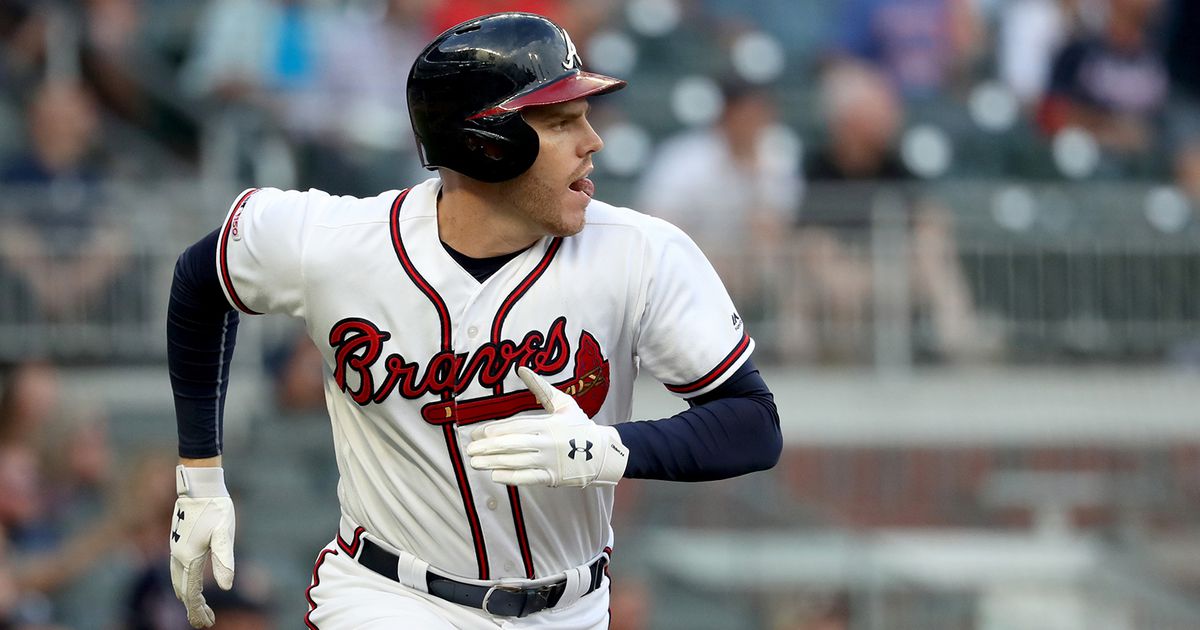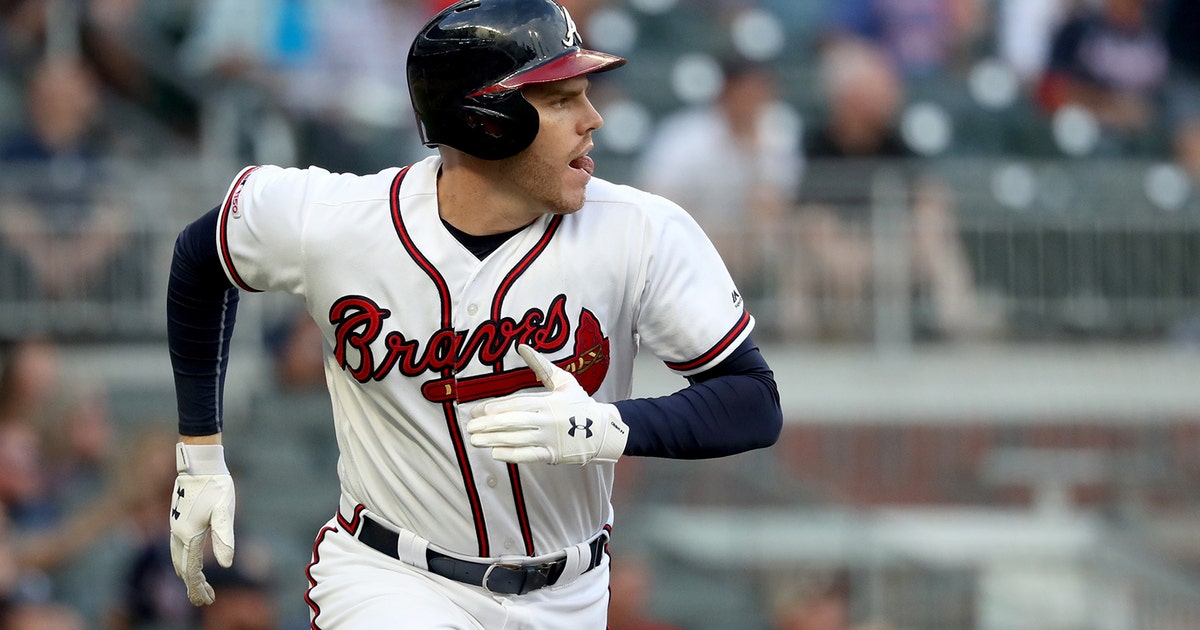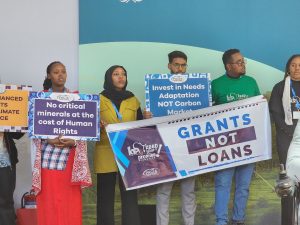Three Cuts: Freddie Freeman is better than ever


Austin Riley’s elevated strikeout rate is acceptable price to pay for elite power
Pete Alonso is stealing Austin Riley’s thunder. The Mets slugger is the talk of the rookie class after belting 27 home runs before the calendar turns to July, overshadowing the fact that his division rival is leaving the yard at a similar pace (12 homers in 36 games). Only eight players in baseball history have finished their rookie seasons slugging over .600 in 200 or more plate appearances — a list that features Ted Williams, Albert Pujols, Willie McCovey and, most recently, Rhys Hoskins — and now two rookies in the same division are hovering around that mark in the same season.
Alonso, who is nearly three years older than Riley, has been the better player and hitter thus far: Only reigning NL MVP Christian Yelich has hit more home runs in the majors this season and he ranks seventh in overall offensive production. The NL Rookie of the Year race isn’t over, especially if Mike Soroka continues to pitch like a No. 1 starter on a contender, but Alonso has made the most of his head start.
The Braves are 25-11 with Austin Riley in the lineup, a midseason promotion that helped tip the scales in the National League East with the All-Star break approaching. At 22 years old and playing a new position, Riley has more than held his own. He’s hitting 32 percent above league average as one of the youngest position players in the majors, nearly matching the pace now-NL MVP favorite Cody Bellinger set during his 2017 Rookie of the Year run.
If there is one notable knock on Riley’s performance, it’s his strikeout rate. He’s walking back to the dugout without putting the ball in play on 32 percent of his plate appearances through his first 36 games. His swinging strike rate (20.6 percent) is the second-worst mark among players with 150 or more plate appearances. Riley is one of baseball’s most swing-happy players — chase rate, first-pitch swing rate, in-zone swing rate, whiff rate, you name it — and the amount of contact he’s making isn’t ideal, particularly on breaking balls and off-speed pitches. The good news: When he does make contact, it’s loud.
Riley will likely always have some swing-and-miss in his game. His strikeout rate eclipsed 30 percent in rookie ball, jumped up near 26 percent at Double-A Mississippi and sat at 29 percent last year in Triple-A.
“That’s kind of what everyone’s been telling me I need to focus on is cutting the strikeouts down, putting the ball in play more,” Riley said back in spring. “The numbers (show) when I do put the ball in play, I do damage.”
Riley is not alone in the realm of high-power, high-strikeout rookies. Even when dropping both thresholds down a little bit — let’s just say he doesn’t carry a .600 slugging percentage all season — Riley would be in interesting company. Here’s the list of rookies who have slugged .550 or better and struck out at least 28 percent of the time (minimum 300 plate appearances):
Ryan Howard (390 PA): .567 slugging, 29 K%
Trevor Story (415 PA): .567 slugging, 31.3 K%
Aaron Judge (773 PA): .559 slugging, 31.5 K%
At his career peak, Howard was able to cut his strikeouts down to about a quarter of his opportunities, but swing-and-miss was always a part of the 2006 NL MVP’s game. It’s still early in Judge’s career, but he’s yet to shore up that area of his swing. Story, the Rockies star shortstop, might be the most improved of this group, but it’s unlikely he ever challenges players like, say, Jose Altuve in the single-digit strikeout category.
Regardless, all three players hit various levels of stardom — and Austin Riley is the youngest rookie of that group by a significant margin. If a player can slug .550 and challenge for 30-40 home runs annually, the strikeouts won’t hurt as much.
Brett Davis








